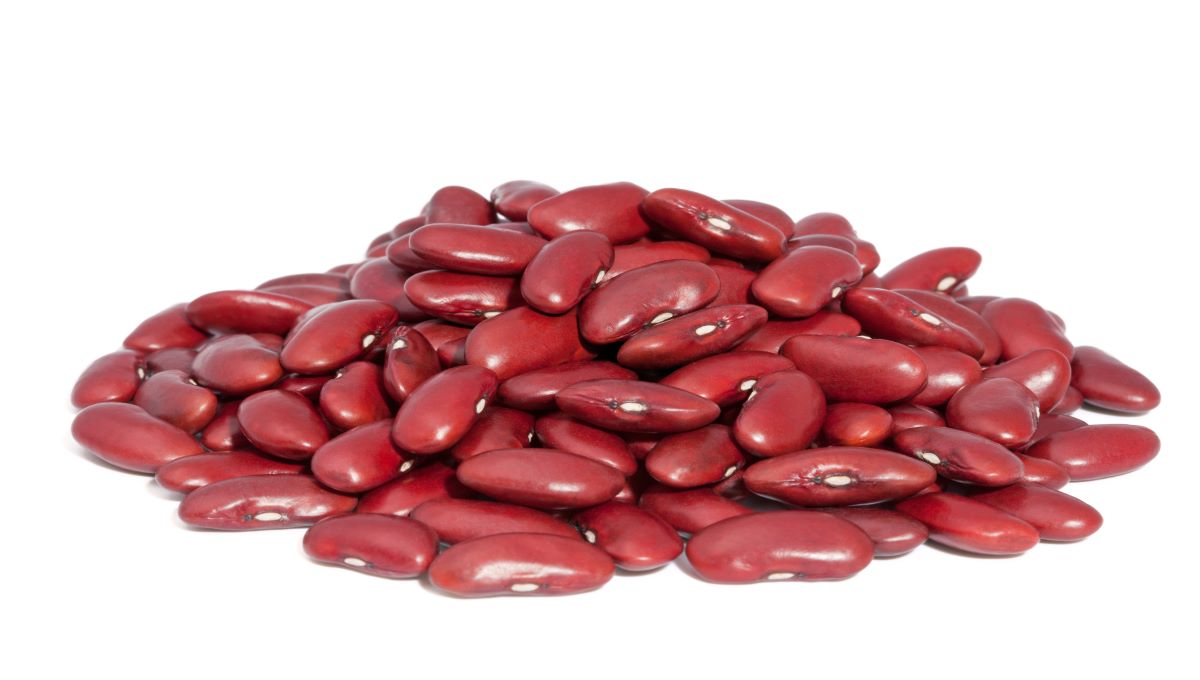Undercooked kidney beans were behind a large outbreak in France caused by plant toxins, according to a study.
Researchers said the work, published in the journal Toxins, highlights the need to develop methods for routine testing of plant toxins in food. They added that better knowledge of the epidemiology of such events will also help to improve prevention.
Foodborne disease outbreaks from phytohaemagglutinin (PHA) are poorly documented; and it is not a typical agent to look for in cases of toxin-like food poisoning, said researchers.
In July 2018, there was an outbreak of acute gastroenteritis among customers of a dining facility at a military base in Brittany, France. A total of 200 patients were reported out of a potential 1,700.
Quick illness onset
Symptoms were mainly lower digestive tract disorders such as diarrhea and abdominal pain and occurred rapidly after lunch on July 5, suggesting a toxin-like pathogenic process. They came on between 48 minutes and 23 hours after the meal and resolved spontaneously within 10 hours.
Ingestion of four to five raw or improperly handled kidney beans can lead to illness with severity of symptoms related to the dose ingested.
A case–control survey was carried out with 92 cases and 113 controls. Cases included 83 men and nine women. Their median age was 43 with the youngest 22 years old and the oldest aged 60.
Statistical analysis pointed to the chili con carne served at lunch as the likely source of poisoning. During interviews, several patients who ate the dish reported that some red kidney beans were hard, implying undercooking.
An outbreak caused by Clostridium perfringens was the first hypothesis. However, the estimated incubation period was too short and it was not detected in food samples.
Phytohaemagglutinin, a plant lectin, was found in the chili con carne at a concentration above the potentially toxic dose. The raw kidney beans in the chili con carne had a high haemagglutination activity. They were undercooked, and the phytohaemagglutinin was not completely destroyed. It is likely that haemagglutination activity of the beans was different, with some beans with low levels of toxins and others having higher values.
There are currently no regulations for the food industry to establish toxic thresholds and the maximum allowed level of PHA in bean products.
Plant toxin not destroyed during preparation
The environmental investigation confirmed that a slow cooking process at a low temperature was applied to raw beans added to the chili dish.
Before cooking, the beans were soaked in water for only 1.5 hours and then cooked separately at a low temperature of above 80 degrees C (176 degrees F) in an oven overnight. The final preparation step consisted of mixing all the separately cooked ingredients together on a griddle and cooking them for about 30 minutes. The exact temperature was not known but was estimated to be below 100 degrees C (212 degrees F).
Beans should be boiled by immersion in boiling water or steamed at 100 degrees C for at least 30 minutes to ensure destruction of PHA. Before boiling, it is recommended that beans are soaked in water for at least five hours, preferably 10, and the water be poured away.
After the alert, the remaining portions of the dishes served in the five days preceding the episode were set aside, as were leftover batches of ingredients used to prepare them, pending the results of the investigations.
“While the classic stages of the investigation were completed in about one week, it took a total of three months to piece together a complete scenario of the outbreak. A major issue was identifying a national laboratory able to test for PHA, which highlighted a significant capability gap in France for the detection of plant toxins and emphasizes the need to develop methods for routine testing of plant toxins in complex food matrices and possibly in biological samples from patients,” said researchers.
(To sign up for a free subscription to Food Safety News, click here.)

